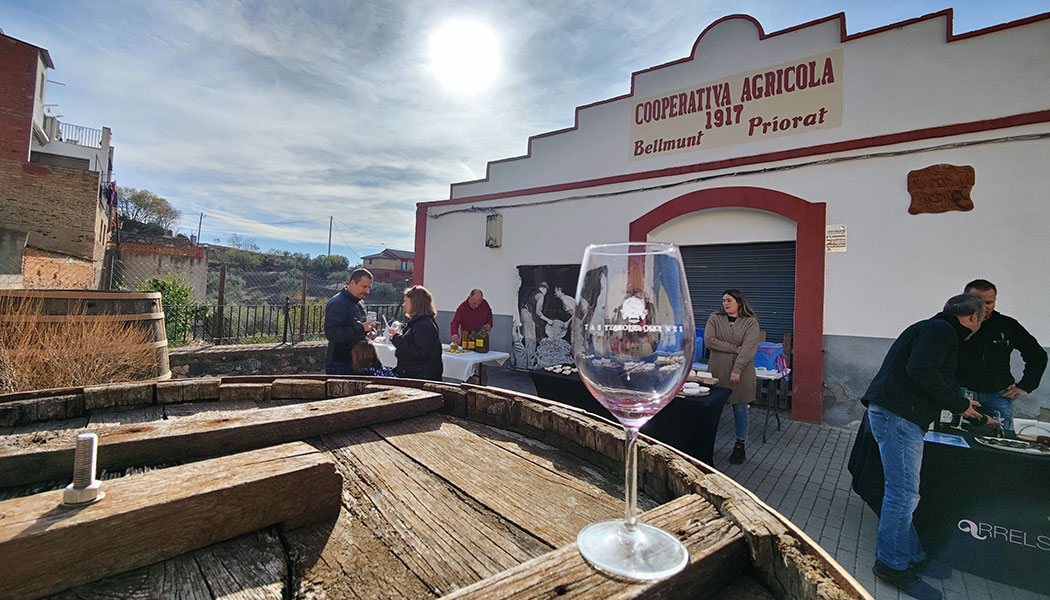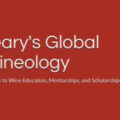This latest edition of Lonely Planet’s “Wine Trails” picks up from its first edition released in 2015 by giving readers a fly-by view of enotourism destinations around the world. As it states on the cover, it covers 52 “perfect weekends” and, given the vast scope of locations tucked into its compact 300+ pages, this is in no way meant to be an exhaustive reference to all the regions listed. What’s presented is an outline of one or two days in a wine destination with highlights and just enough dusting of […]

